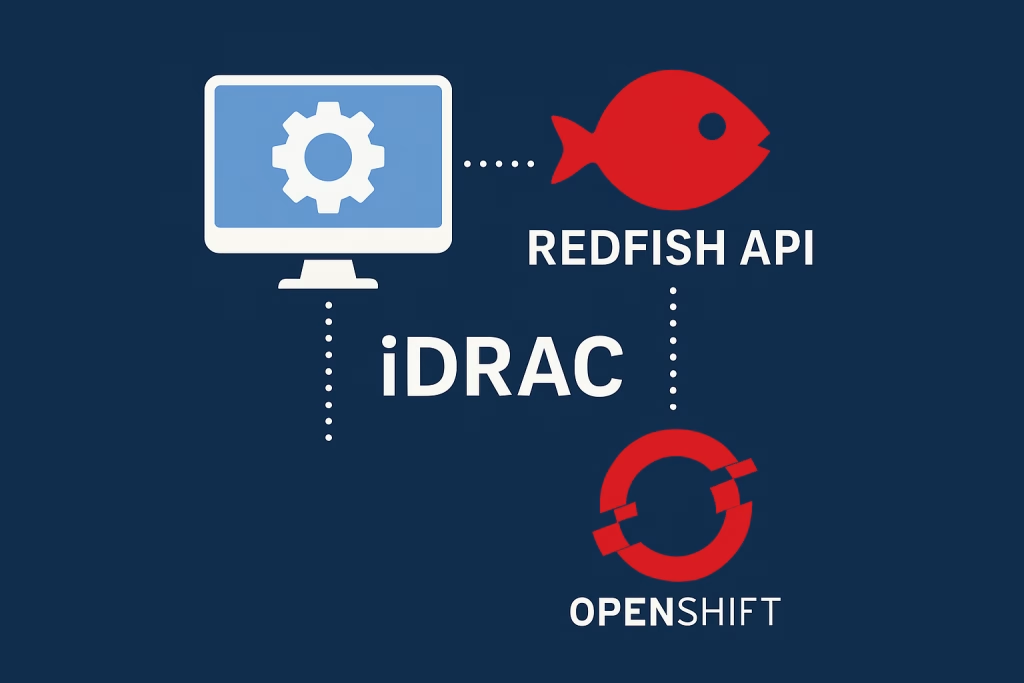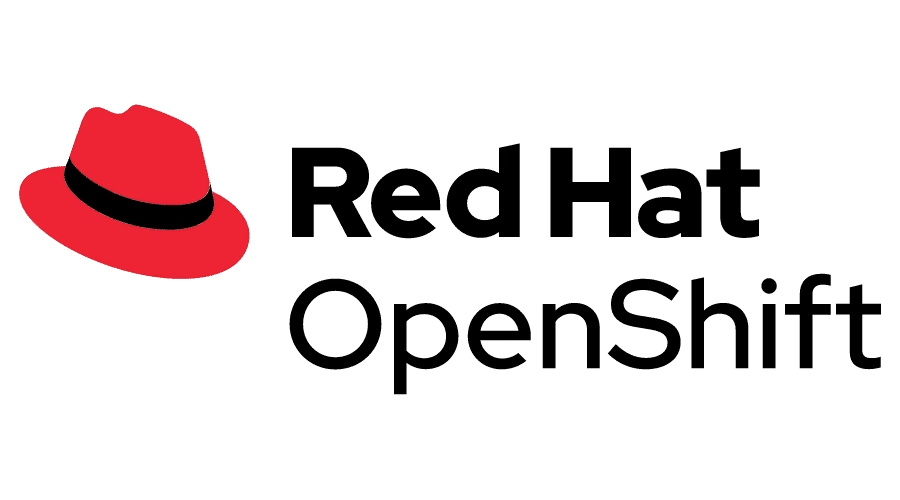Introduction:
This project aims to implement a robust monitoring solution for different environments by integrating Grafana and Prometheus. Grafana is a powerful data visualization and monitoring platform, while Prometheus is a leading open-source monitoring and alerting toolkit designed for modern cloud-native environments.
The solution will be deployed as operators on Kubernetes and will include custom dashboards for monitoring various aspects of the hosting environment, such as Proxmox hosts, Node Exporter, Kubernetes environment (if you’ve deployed a Kubernetes Cluster), Storage (e.g., NetApp), and network. Additionally, it will feature custom dashboards for different hosting layers, alert configuration using PagerDuty and an upgrade option to demonstrate seamless version transitions.
By combining Grafana and Prometheus, this project offers a comprehensive, customizable, and reliable monitoring solution tailored to your hosting needs, enabling you to proactively identify and address potential issues while ensuring optimal performance and reliability.
Prerequisites:
- Ansible – Stable and up to date version.
- Fedora workstations. Tested in fedora 39.
- Python and pip installed on control and managed hosts
- Good knowledge in networking.
- SSH connection to other machines ensuring ansible connectivity.
What is Prometheus?
Open-source monitoring and alerting toolkit.
- Monitoring: Prometheus is a monitoring tool for dynamic environments, collecting metrics via HTTP scraping.
- Alerting: It offers robust alerting capabilities, notifying users of potential issues based on defined rules.
- Time Series Database: Prometheus stores data as time-series, enabling efficient querying and analysis for real-time monitoring.
What is Grafana?
Open-source Data visualization platform.
- Visualization Hub: Grafana excels as a central hub for visualizing metrics and logs.
- Data Integration: Seamlessly connecting with Prometheus and other sources, Grafana simplifies data access.
- Customizable Monitoring: With flexible dashboards, Grafana enables tailored real-time monitoring solutions.
What is Anisble?
Open-source Infrastructure automation and configuration management tool.
- Automation Framework: Ansible streamlines IT tasks and orchestrates workflows efficiently.
- Configuration Management: It simplifies configuration across diverse infrastructure with intuitive playbooks.
- Efficient Deployment: Ansible’s agentless setup and declarative language ensure rapid and reliable application deployment.
Monitoring Solution Architecture:

Monitoring Solution Model Overview:
- Ansible: An automation tool used for configuration management and application deployment.
- Control and Managed Hosts: A system where a control host manages other hosts.
- Ansible Playbook: A code written for Ansible to automate tasks.
- System Upgrade: Making sure system packages are up to date
- Docker: A platform to develop, ship, and run applications inside containers.
- Kubernetes: An open-source platform designed to automate deploying, scaling, and operating application containers.
- Kind: A tool for running local Kubernetes clusters using Docker container “nodes”.
- Helm: A package manager for Kubernetes applications.
- Python Libraries: Libraries in Python that provide needed features for the project.
- Cluster: A set of related resources that work together closely.
- Cert-Manager: A native Kubernetes certificate management controller.
- MetalLB: A load-balancer implementation for bare metal Kubernetes clusters.
- Nginx Ingress: An Ingress controller for Kubernetes using NGINX as a reverse proxy and load balancer.
- Prometheus: An open-source systems monitoring and alerting toolkit.
- Exporters: In Prometheus, exporters are the jobs that fetch all the necessary metrics and expose them to the Prometheus server.
- AlertManager: Handles alerts sent by client applications such as Prometheus.
- Grafana: An open-source platform for monitoring and observability.
The arrows in the image represent the flow of information or the direction of action between these components. For example, Ansible (1) connects to the Control and Managed Hosts (2) to execute tasks, and so on. This flow helps to understand how these components interact with each other in a system.






